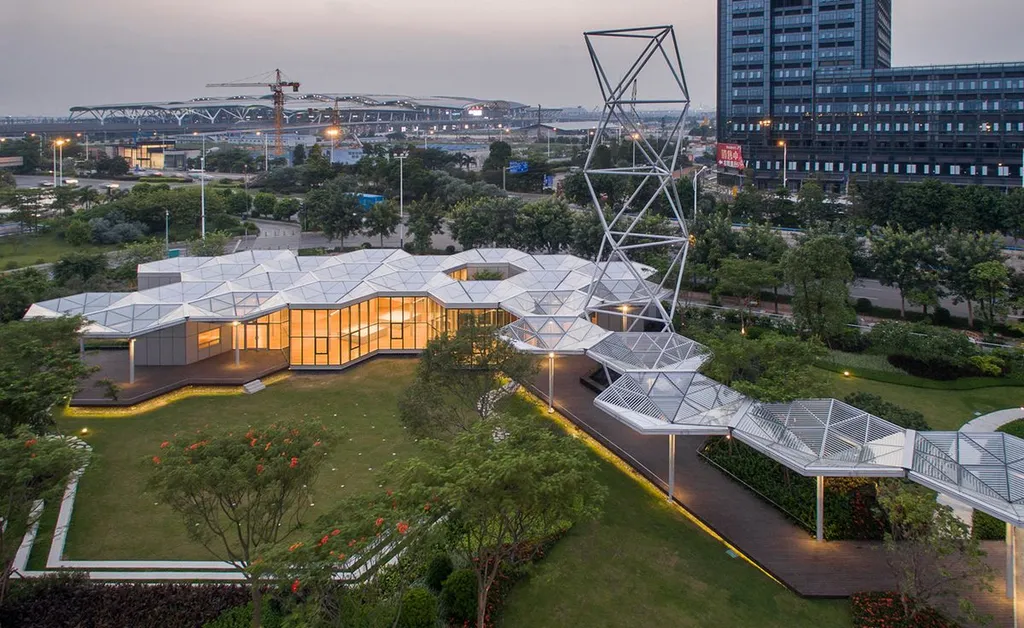In the ever-evolving world of architectural design, a groundbreaking study led by Chelsea Shan Xian Ng from Nanyang Technological University is set to revolutionize spatial layout planning. The research, published in the *Journal of Asian Architecture and Building Engineering* (also known as *Journal of Asian Architecture and Building Engineering*), introduces a novel approach to automating the design process, potentially saving time and resources while exploring a myriad of design alternatives.
Spatial layout planning is a critical aspect of architectural design, involving the arrangement of spaces to meet functional and aesthetic requirements. Traditionally, this process has been time-consuming and labor-intensive. However, Ng’s research aims to streamline this process using a procedural approach that offers flexibility, control, and reduced reliance on large, high-quality data sets.
The study introduces three core algorithms based on hexagonal cellular automata and graph theory. These algorithms generate layouts that effectively satisfy user-defined design objectives such as area, adjacency, and design boundary. “The versatility of our methodology is showcased across mock examples of public spaces and a real-world case study,” Ng explains. “The generated layouts not only meet the design objectives but also provide a potential foundation for developing automated, user-interactive tools capable of addressing complex design objectives in architectural contexts.”
One of the standout features of this research is the post-processing step that converts hexagonal layouts into rectangular forms with orthogonal corners. This conversion aligns better with conventional architectural layouts while adhering to design constraints. The implications of this research are far-reaching, particularly in the energy sector where efficient spatial planning can lead to significant energy savings and improved functionality.
The integration of visibility and circulation metrics through space syntax analysis and agent-based modeling is a promising avenue for future work. This enhancement could further improve wayfinding, traffic flow, and user experience of spatial layouts, making the design process even more efficient and user-friendly.
As the construction industry continues to embrace digital transformation, Ng’s research offers a glimpse into the future of architectural design. By automating the spatial layout planning process, architects and designers can focus more on creativity and innovation, ultimately leading to better-designed spaces that meet the evolving needs of users. The study’s findings could potentially shape future developments in the field, paving the way for more efficient, interactive, and user-centric design tools.

